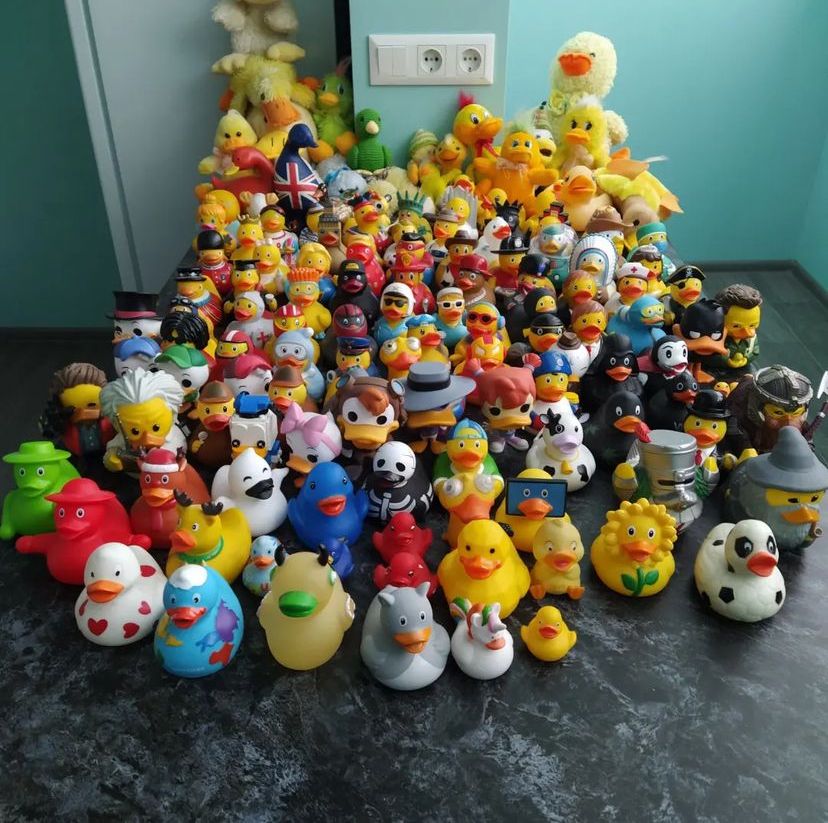Why is there a rubber duck on the Computer Science teacher's desk?
Rubber duck debugging has become an iconic technique used by computer science teachers worldwide to help students debug their code effectively. Its history is a fascinating tale of ingenuity and simplicity.
The origins of rubber duck debugging can be traced back to the early days of software development, when programmers faced the daunting task of identifying and fixing bugs in their code. Debugging was often a frustrating and time-consuming process, with developers struggling to isolate the root cause of errors.
Legend has it that the concept of rubber duck debugging emerged in the late 20th century from the book "The Pragmatic Programmer: From Journeyman to Master" by Andrew Hunt and David Thomas. The authors described a technique called "rubber duck debugging," which involved explaining code line-by-line to a rubber duck.
As computer science educators grappled with how to teach debugging skills to their students, one innovative teacher had a stroke of genius.
At first, the students were skeptical of the exercise. Some even found it amusing to speak to an inanimate object. However, as they began to articulate their thought process and verbalize the logic behind their code, something remarkable happened. Many of the students discovered that simply talking through their code aloud helped them uncover mistakes and oversights that had previously eluded them.

Word of this unconventional debugging technique spread quickly through the computer science community, and soon, rubber ducks began appearing on desks in classrooms and offices around the world. Teachers found that the rubber duck method was not only effective at helping students debug their code, but it also encouraged critical thinking and problem-solving skills.
As the popularity of rubber duck debugging grew, it became enshrined as a staple of computer science education. Today, you can find rubber ducks perched on the desks of computer science teachers everywhere, serving as silent yet invaluable companions in the quest to teach the next generation of programmers how to debug with precision and clarity.


